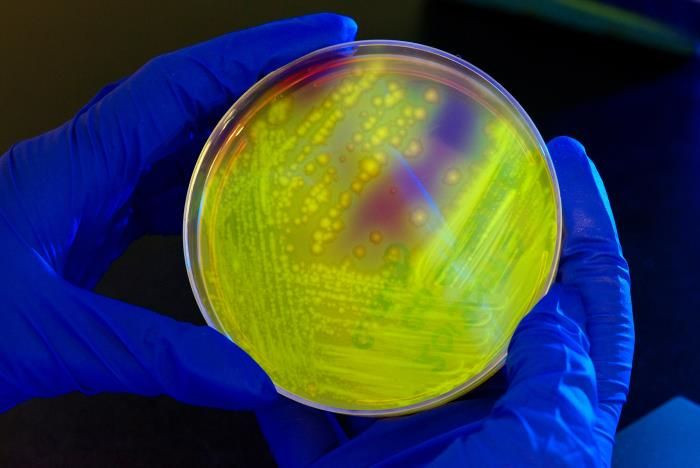Diarrheal Infections In Kids Linked To Antibiotic Use: Sometimes Symptom Relief, Not Antibiotics, Is The Safest Approach

The majority of kids who suffer diarrheal infections from the bacteria Clostridium difficile had been receiving antibiotics for other conditions from their doctors, according to a new report from the Centers for Disease Control and Prevention (CDC).
Despite the bulk of infections arising from bacteria transmitted throughout the community, rather than in a hospital, 73 percent of the kids had been receiving antibiotics in the last 12 weeks. Over the last several years in the U.S., experts have cautioned parents and doctors about the immediate use of antibiotics as a treatment method. Through their continued reliance, some bacteria have even become resistant to antibiotics. And without a properly strengthened immune system to fight the bacteria, experts fear the dangers can only increase.
“Improved antibiotic prescribing is critical to protect the health of our nation’s children,” said CDC Director Dr. Tom Frieden in a statement. “When antibiotics are prescribed incorrectly, our children are needlessly put at risk for health problems including C. difficile infection and dangerous antibiotic resistant infections.”
Antibiotics aren’t cure-alls. They can only attack and kill bacteria, not viruses. For that reason, colds, flus, bronchitis, and most coughs, ear infections, and sore throats can’t be helped by antibiotics. Not only that — when you take an antibiotic to treat a viral infection, you increase your chances of the bacteria becoming resistant to the antibiotic. According to the CDC’s report, more than half of the children receiving antibiotics were nursing ear, sinus, or upper respiratory infections — ailments that, classically, need only their symptoms relieved.
Antibiotics aren’t all bad, of course. Dr. Paul Marino, author of The ICU Book, has said that while the first rule of antibiotics is “try not to use them,” the second rule is “try not to use too many of them.” The line of bacteria-killing medicine can wipe out entire infections with ease; the danger is in preserving the beneficial bacteria that your body uses to fight the infecting bacteria later on. Without it, your body is all but defenseless.
When it comes to C. difficile, the risks can’t be overstated. The bacterium causes 250,000 hospital infections and 14,000 deaths each year among children and adults. It was most common among children ages 12 to 23 months in the CDC’s latest study, although each year an estimated 17,000 children from 1 to 17 get C. difficile infections.
In recent years, public health advocates have begun criticizing the Food and Drug Administration for allowing farmers to give their animals antibiotics, as officials say the medicine can’t help but enter a person’s body during consumption. Research indicates that some 80 percent of antibiotics in the U.S. end up in animals rather than humans. But we omnivores still end up getting infected anyway, and roughly two million of those infections each year are from bacteria that are resistant to antibiotics.
CDC experts advise parents to take an active role in their children’s prescriptions. Interacting with the child’s doctor to devise the proper approach for treatment can maximize the child’s safety, as not all infections demand antibiotics, although some do, including bladder and staph infections, sinus infections lasting longer than two weeks, and strep throat, according to the Mayo Clinic.
“As both a doctor and a mom, I know how difficult it is to see your child suffer with something like an ear infection,” said Lauri Hicks, director of CDC’s Get Smart: Know When Antibiotics Work program. “Antibiotics aren’t always the answer. I urge parents to work with their child’s doctor to find the best treatment for the illness, which may just be providing symptom relief.”



























